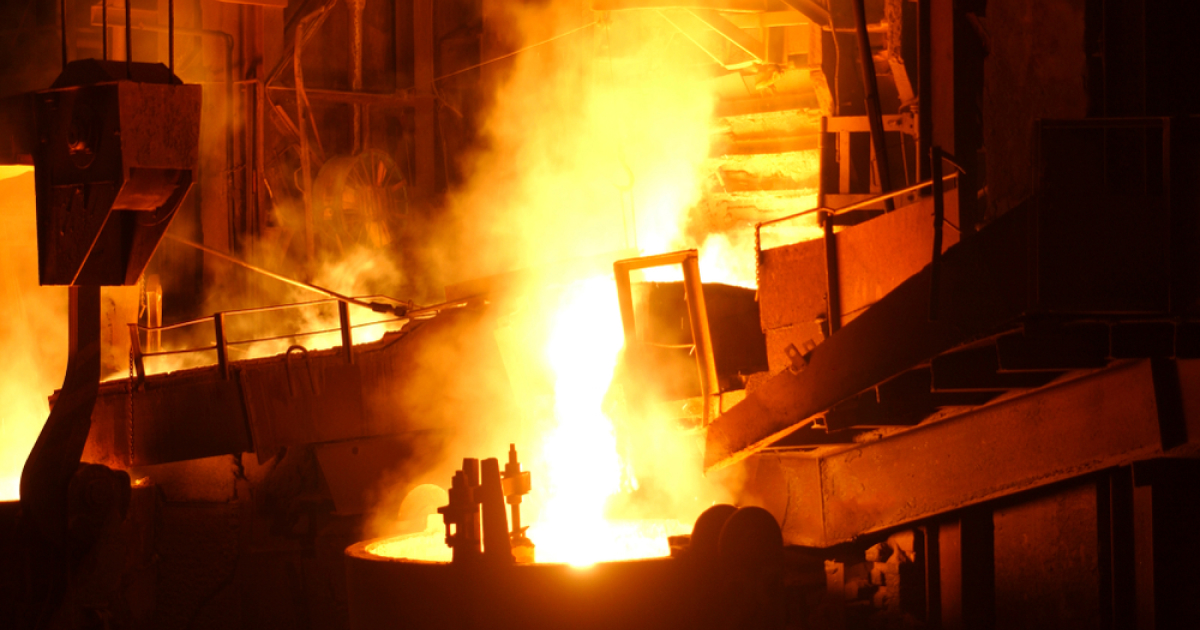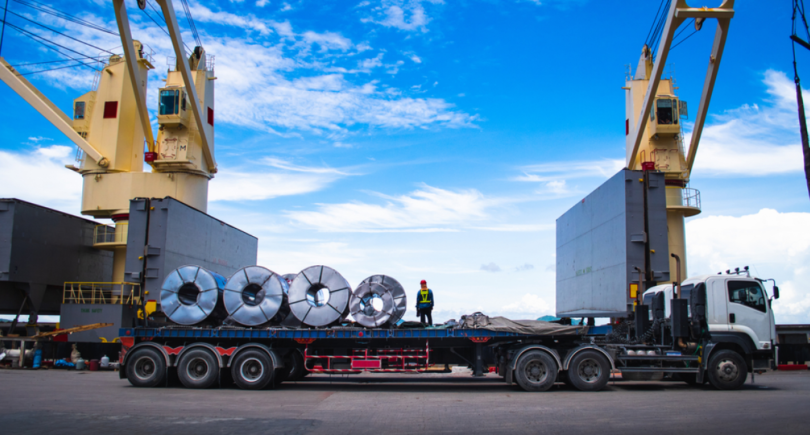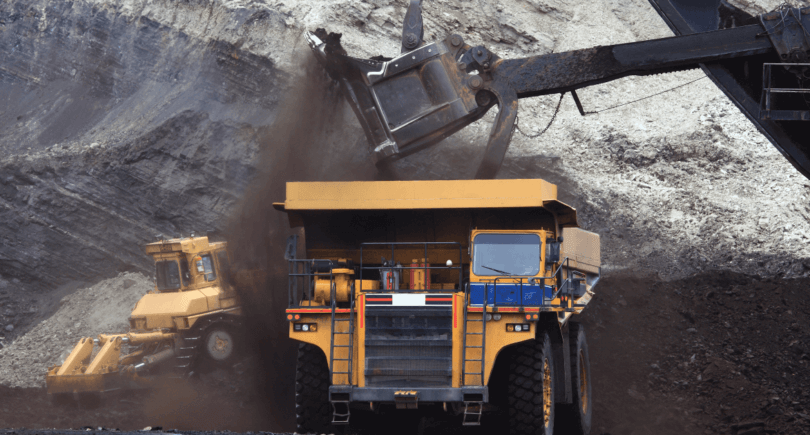
News Global Market steel production 4704 19 March 2024
Last year, this indicator reached a maximum of 2.5 billion tons
Global steelmaking capacity has entered a relatively stable phase since 2014, and 124 million tons of new capacity will be commissioned in 2024-2026. This was announced during a specialized seminar in China by Zhong Shaoliang, Deputy CEO of the WorldSteel Association (WSA), BigMint reports.
Last year, global steel production capacity, according to the Organization for Economic Cooperation and Development (OECD), cited by the WSA representative, reached a maximum of 2.5 billion tons (after 2014, it fluctuated at 2.45 billion tons for a long period). However, according to Zhong Shaoliang, despite their potential growth in the future, expansion opportunities will gradually narrow due to carbon reduction initiatives.
India and major ASEAN countries will become the main suppliers of new global steel capacity by 2026, with blast furnace production totaling 70 million tons, replacing China, which dominated this role.
In addition, in the next three years, Zhong noted, steelmakers in Europe, North America and the Middle East will develop new electric arc furnace (EAF) capacity. However, he expressed uncertainty about the potential for a significant increase in the share of steel produced by this route in global production in the near future, as it is currently at its lowest level in 50 years.
As GMK Center reported earlier, in the OECD’s January report, the 57.1 million tonne increase in global capacity last year was the highest annual growth in the last decade. Asia accounted for 30.5 million tons, or 53.3% of this figure. The gloomy outlook for steel demand and the upward shift of steel capacity from China to other regions create an alarming outlook for the coming years. This is also a major obstacle to achieving the industry’s decarbonization goals.




